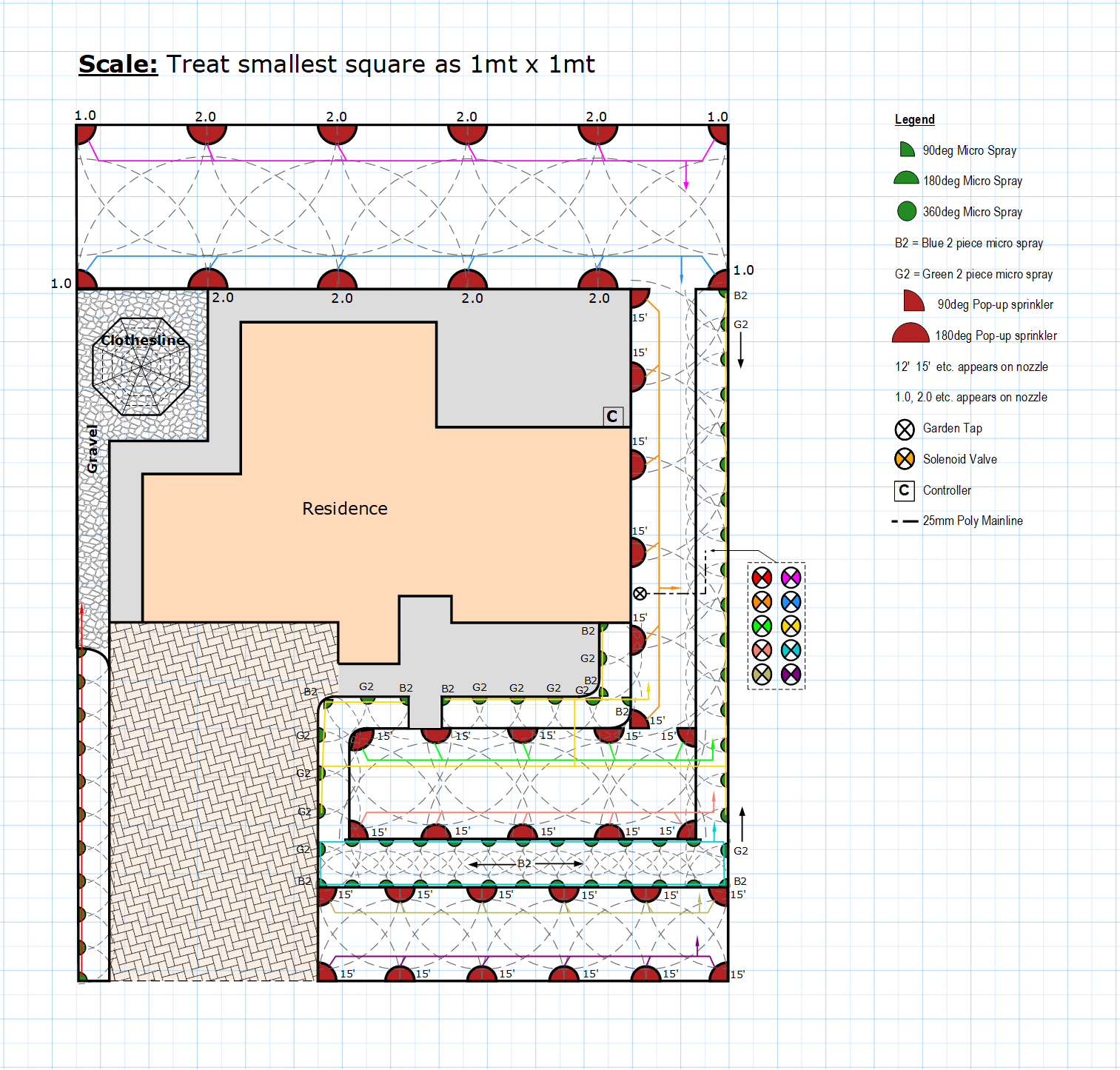Fire safety is not just a precaution; it’s a necessity. Automatic fire suppression technologies and emergency response drills are key components for minimizing fire damage.
Sprinklers work to contain fires automatically, well-trained teams ensure comprehensive safety. Together, this dual strategy minimizes risks.
The Basics of Sprinkler Systems
Automatic fire suppression setups act to extinguish flames. Activated by heat sensors, they direct water to where it’s needed most.

Key advantages to rely on sprinklers for fire safety include:
- Rapid fire control: Limits the scope of the fire.
- Hands-free response: Provides constant readiness.
- Localized activation: Limits water waste.
The Role of Fire Brigade Training in Fire Safety
Emergency response training educates groups to handle fire-related situations. Although sprinklers are effective, trained responders are essential.

Fire brigade training programs emphasize the following areas:
- Proactive safety knowledge: Reducing the likelihood of fires.
- Emergency exit planning: Ensuring everyone knows what to do.
- Using extinguishers correctly: Gaining experience with tools.
sprinkler sistema
How Sprinkler Systems and Fire Brigade Training Work Together
Fire suppression setups and team training form a comprehensive fire safety approach. Sprinklers control the flames quickly, trained teams step in for complex situations.

This partnership minimizes damage for homes and apartments, business properties, and industrial sites.
Conclusion: Prioritizing Fire Safety with Technology and Training
An integrated approach to fire protection incorporates sprinklers and brigade programs. Sprinkler systems control fires quickly, while emergency drills complements the system’s capabilities.
Take action to improve fire protection now by scheduling fire brigade training. Both systems and responders are essential!